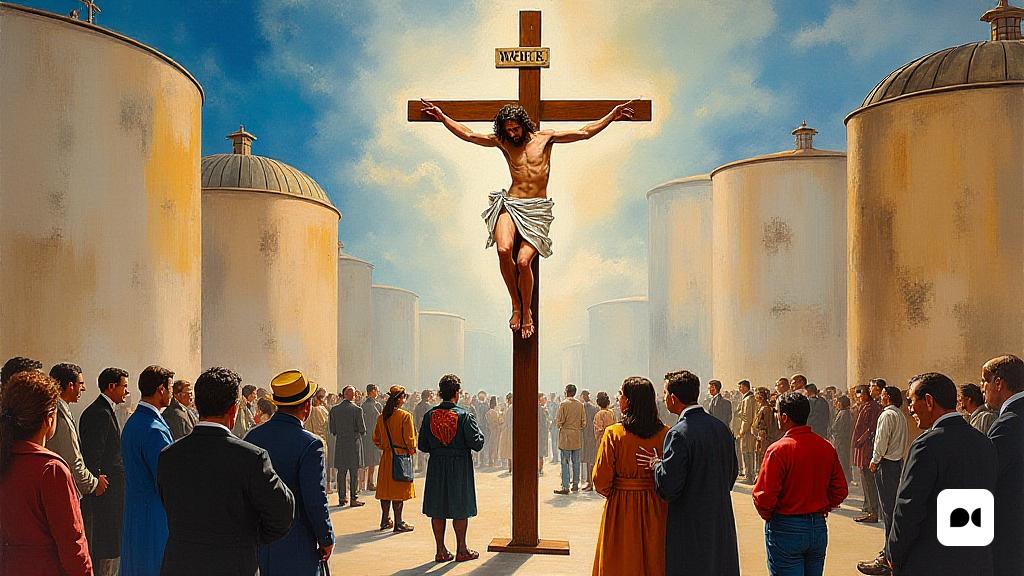A Work That Transcends Time
The exhibition of Marc Chagall’s ‘The White Crucifixion’ in Rome, which will be on display until January 27 at Palazzo Cipolla, has become a deeply significant space for reflection, especially with the approach of the Jubilee Year. This work, which has captured the admiration of Pope Francis, offers a window into the duality of suffering and hope.
Chagall and his Cultural Influence
Marc Chagall, born in Vitebsk to a family of Jewish tradition, cultivated an artistic vision that reflected not only his immediate surroundings but also the collective struggles of a people. His work is a vibrant testament to a ‘sigh of prayer’ that combines pain with profound spirituality.
A Universal Message
The painting not only depicts Jesus as the central figure of Christianity, but also presents him as a symbol of the pain and resilience of the Jewish people, emphasizing the need for reconciliation between cultures and beliefs.
The Scenes That Speak of History
In ‘The White Crucifixion’, Chagall presents seven scenes that illustrate moments of violence and persecution. Each scene is a reminder of the horrors experienced throughout history, from the pogroms of the 19th century to Kristallnacht, where violence against Jews reached a new level of atrocity.
A Reflection of the Current Reality
Images of refugees and nomads seeking safety resonate with contemporary events, highlighting the urgency of compassion and humanity in the face of global crises.
Hope in Desolation
Despite its harsh subject matter, ‘The White Crucifixion’ radiates a message of hope. The light escaping from on high symbolizes the promise of salvation and the possibility of redemption, indicating that even in the darkest moments, there is a glimmer of light that guides us.
The Symbolism of the Cross
The cross, accompanied by a ladder that suggests a possible way out, reminds us that tribulations are not eternal. The figure of Jesus, surrounded by a halo of light, becomes a beacon of hope, a promise that evil cannot dominate.
A Poem of Light and Shadows
The exhibition ends with a poem that encapsulates the essence of the painting: an icon that transcends the violence of the 20th century, offering an open door to the light of hope. Chagall invites us to recognize the beauty of humanity, despite its wounds, and to find strength in solidarity and understanding.
Final Reflections
The White Crucifixion is not just a work of art; it is a vivid reminder of our collective responsibility to preserve human dignity and foster peace. Ultimately, the painting teaches us that despite adversity, the light of hope can always shine, even in the darkest of times.

